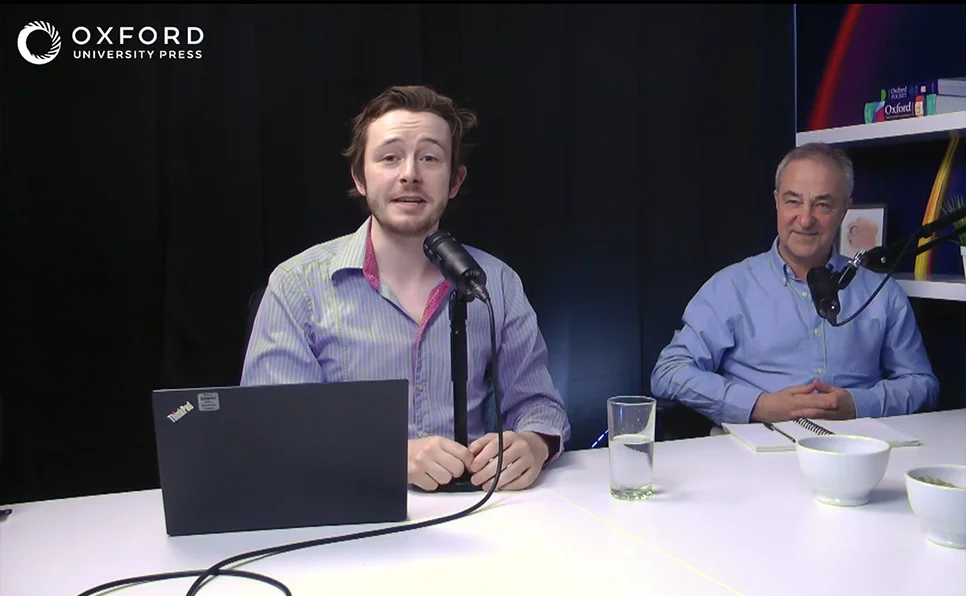The presentation by Olga Sayer, a TEFL teacher and e-learning designer, outlines strategies for teaching Generation Alpha students, defined as those born between 2010 to 2025 [ 00:03:12 ]. Olga Sayer emphasizes adapting the learning environment to align with neuroscientific insights into how these students think and learn.
Key Features and Strategies for Generation Alpha
Generation Alpha is Defined by a Hyperdigital World View [ 00:08:49 ] The speaker notes that these learners, who have never known a world without technology, “live online” and expect instant gratification and engaging visuals.
Classroom Adaptations: Teachers should provide visual, interactive quizzes, digital flashcards, and tasks that offer immediate feedback, such as peer correction or utilizing online dictionaries [ 00:10:00 ]. It is also beneficial to offer personalized tasks (a “menu of activities”) to give them agency [ 00:11:31 ].
Shorter Attention Spans Require Explicit Refocusing Skills [ 00:13:21 ] This generation is wired for fast dopamine hits like those received from games or social media, making passive learning difficult.
Teaching Strategy: To combat difficulties sustaining focus, teachers should cut down on talking time and insert short, interactive tasks to raise the lesson’s tempo [ 00:14:38 ]. Lessons should be broken into small chunks with brain breaks. Furthermore, teachers must explicitly teach students how to refocus using quick activities like “find the odd one out” or other simple focusing tasks [ 00:15:22 ].
Teamwork is a Brain-Friendly Activity that Boosts Focus [ 00:33:34 ] Teamwork on a shared goal is a brain-friendly activity that boosts “feel-good chemicals” like dopamine and oxytocin, providing a necessary sense of connection.
Encouraging Collaboration: Utilize interactive whiteboards or physical post-it notes for collaborative input [ 00:34:23 ]. Students can be asked to create a team mission statement and practice peer assessment, reinforcing their sense of autonomy [ 00:36:08 ].
The AI Revolution is Accelerating a Shift in the Teacher’s Role [ 00:39:08 ] The rise of AI makes it difficult to distinguish fact from fake, making critical thinking a core survival skill [ 00:41:07 ].
The Teacher’s New Role: The teacher must shift from a knowledge provider to a guide and “truth coach” [ 00:45:36 ]. The focus is now on teaching students how to think, including skills like media literacy and bias detection [ 00:44:07 ].
Balancing Technology with the Fundamental Need for Human Connection [ 00:47:59 ] Despite the availability of AI for language practice and instant feedback, the fundamental need to communicate with other people remains.
Final Takeaway: The human teacher is essential for providing the social, emotional, and authentic communicative context that technology cannot replace [ 00:48:09 ]. The key is to make small, adaptable adjustments—a “1% change”—to help students stay engaged and motivated [ 00:50:27 ].


